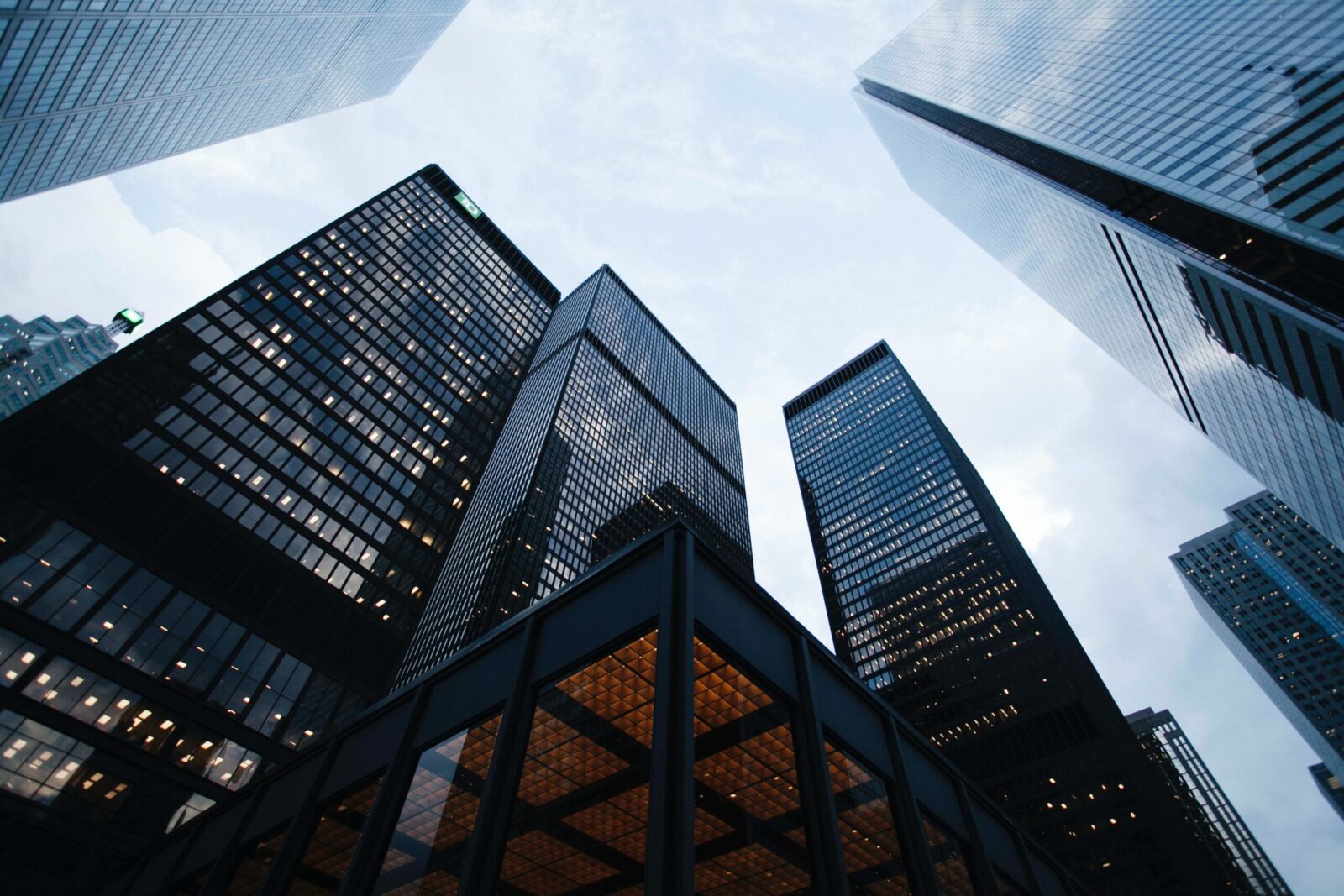Since March, COVID-19 has left its mark on a multitude of industries, including real estate, with many developers having to pivot project plans in order to be profitable.
As our industry slowly returns to work on job sites that were previously shut down by social distancing requirements, new processes and protocols will come into play to promote the safety of the places in which we live, work, eat and play.
This paradigm shift will have a trickle-down effect on every aspect of real estate development, including the materials we use to construct projects, as well as the intended purposes once complete.
It’s not enough to simply return to work with a business-as-usual mindset. Instead, developers must adopt a forward-thinking mentality that allows them to pivot and innovate post-pandemic. In this post, we’ll cover five ways to do just that. Download our corporate brochure for more detailed information.
1. Focus on the Function
As a developer, it’s important to design projects that adhere to consumer needs.
Given the current situation with coronavirus, developers must take into consideration the form and function of the building.
Ask yourself, “What is its intended use?” If that use doesn’t comply with safety guidelines, then it may make sense to pivot your project or re-draw floor plans. A construction consulting firm that specializes in project management and development can help you decide next steps.
It’s also important to consider the type of real estate (i.e. commercial, industrial, residential, etc.). The hospitality industry is currently facing a dramatic drop in occupancy rates. Shared office space will also see a decrease with some social distancing measures still in place, as well as greater emphasis on remote work moving forward.
In the coming months, we’ll likely see an uptick in distribution facilities right here in the U.S., as disruptions caused by coronavirus may motivate some manufacturers to limit
their exposure to global supply chains. And with virtually all shopping now online, warehouses will serve as the new retail space.
Affordable housing and senior living will also rise, as these are areas that buyers currently have a need for.
2. Reassess Materials
According to Forbes, more than 30% of America’s building materials are sourced from China. Developers must reassess materials from a supply chain perspective to ensure costly delays don’t derail projects—both now and in the future.
Porous materials, like concrete countertops, will become a thing of the past. Today’s developers must use materials that are easy to clean to create safe environments for residents.
Glass and plastic will likely be incorporated in more designs to create physical barriers that distance individuals from interacting in close quarters.
3. Prioritize Health and Wellness
The spaces we live and work in have a significant impact on us. Developers must design, construct and maintain buildings that prioritize the health and wellness of its users.
From air purification to water filtration systems, building owners and developers will be held to a higher standard when it comes to wellness post-pandemic. Shared spaces, whether for work or play, will likely look different, too. Tables and chairs, for example, will be placed further apart to encourage natural physical distancing.
And already, developers are integrating sustainability efforts into designs. Green buildings will aim to have zero waste through the use of renewable energy technologies. This involves greater use of natural light to improve economic and environmental performance.
For several years now, our team has partnered with Delos, a global company that designs research-based innovations to enhance physical, mental and social well-being through standards, programs and solutions. This partnership enables us to pioneer health and wellness solutions into commercial, residential and other forms of real estate.
4. Utilize Technology
Employing technology for virtual project monitoring will become extremely valuable for possible future shutdowns in construction. The ability to regroup remotely will keep project plans on pace for job sites that limit the number of on-site team members.
For the actual design of the project, technology will also come into play. Residents should not have to touch anything in the buildings, nor should staff without appropriate protection protocols. Think coffee machines and hand dryers, for example. These will all eventually become motion-sensored.
If not already adopted, keyless technology will also become a selling point, where residents can enter and exit rooms with key fobs.
Biometric authentication will also rise in popularity to digitally identify person(s) coming and going. An example of a biometric authentication includes facial pattern identification to grant people access to systems.
5. Look Ahead
The market will take some time to shake out, as the long-term consequences of coronavirus are still unknown. Developers should design for adaptivity wherever possible.
In many areas, real estate construction is still considered “non-essential,” but the reality of a new normal seems certain among developers and investors alike.
Being responsive and staying relevant is what will differentiate the competition. It’s important to look ahead to what’s next, considering trends are constantly changing in real estate.
Download Our Corporate Brochure to Learn More About Our Services
Has your project been put on hold because of coronavirus? Download our Corporate Brochure to learn more about our services, and how CM&D’s experience can ensure your project’s success.



